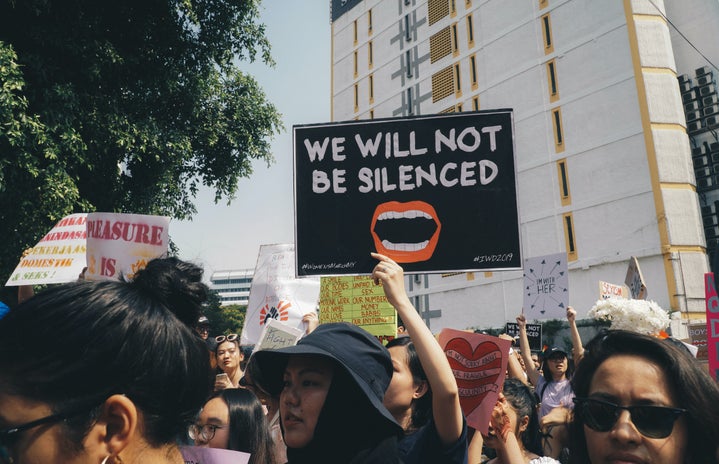According to U.S. News & World Report, the United States is the sixth-best country in the world. With prominent advancements in economics, military and technology, the United States prides itself on its accomplishments. Though considered to be one of the most developed countries, the United States falls a century short when it comes to paid parental leave.
In 1919, the International Labour Organization adopted a policy that included 12 weeks of paid maternity leave as “a medical necessity and social right.”
Since then, several countries have followed this groundwork, providing paid parental leave for decades.
According to research by the Bipartisan Policy Center, “The U.S. is one of eight countries in the world and the only Organisation for Economic Cooperation and Development (OECD) country without a national paid parental leave policy; the U.S. is also one of the few high-income countries without a national family caregiver or medical leave policy.”
Hoping to change this, U.S. legislation began its push for America’s first parental and medical leave program. It would allow 12 weeks of paid family and medical leave for most workers.
During the election, Joe Biden announced his vision for this idea, which he later outlined in the American Families Plan in April 2021.
The plan states, “The program will provide workers up to $4,000 a month, with a minimum of two-thirds of average weekly wages replaced, rising to 80 percent for the lowest wage workers.”
With this program, workers will have ensured partial wage replacement while spending time with their new baby, caring for an ill loved one, healing from personal issues and more.
“It’s definition of ‘family’ is inclusive and reflects the reality of life in the U.S. today,” assures Ruth Martin, Senior Vice President and Chief Workplace Justice Officer at MomsRising.
Along with helping families during times of need, the program would also aid the economy. Recent studies confirmed that paid leave could lessen racial wage disparities in wage loss between workers of color and white workers.
“Moving from an unpaid to a paid family and medical leave (FML) policy would decrease the median worker’s wage loss relative to family income by 16 percentage points.”
Additionally, the plan intends to increase women’s labor force participation, improve child well-being and protect workers from health and economic shocks.
Analysis from California’s paid leave law exhibits that new mothers are estimated to be 18 percentage points more likely to be working a year after giving birth.
Research from Equitable Growth suggests, “Paid medical leave could reduce household income volatility, facilitate reemployment, improve business productivity by reducing presenteeism.”
Furthermore, students affected by California’s paid leave law displayed lower rates of attention deficit/hyperactivity disorder, obesity, ear infections and hearing problems — which typically result from lower-income families who cannot afford to take unpaid leave.
Equitable Growth states, “If this finding holds, it complements the larger body of work on the human capital benefits of paid leave to care for a new child, and suggests that paid leave should be coupled with additional care infrastructure, such as an effective and affordable child care system, to allow families to both parent intensively and prosper financially”
Most importantly, allowing workers to take leave will help themselves and those around them. Having access to time off to deal with one’s problems has a significantly lower risk of mortality across a wide range of conditions. In addition, it can prevent the spread of illnesses in the workplace, which is essential during this time.
“Notably, the anticipated overall benefits would likely exceed the direct benefits, as the policy-relevant impacts of lack of paid sick leave include increased morbidity of illnesses, lost productivity, and negative spillover health effects such as forgoing medical care for family members or the increased spread of influenza in the workplace.”
Because of this, paid leave is needed more than ever before. The American Families Plan affirms, “The COVID pandemic has highlighted the need for a national paid sick leave policy, to help workers and their loved ones quickly recover from short-term illness and prevent the spread of disease. Therefore, the President calls upon Congress to pass the Healthy Families Act which will require employers to allow workers to accrue seven days paid sick leave per year to seek preventative care for them or their family– such as getting a flu shot, recovering from short-term illness, or caring for a sick child or family member or a family member with disability-related needs.”
With that said, the plan may be implemented within the next two years, possibly by June 2023.
“It’s a very ambiguous timeline,” reports Kathleen Romig, a Senior Policy Analyst at the Center on Budget and Policy Priorities.
Although this pandemic has taken a lot from us, it has also highlighted the need for policy changes. The fight towards paid leave continues, and the outcome is looking positive. America may be a century behind when it comes to paid leave, but it’s better late than never to provide workers with more rights.


